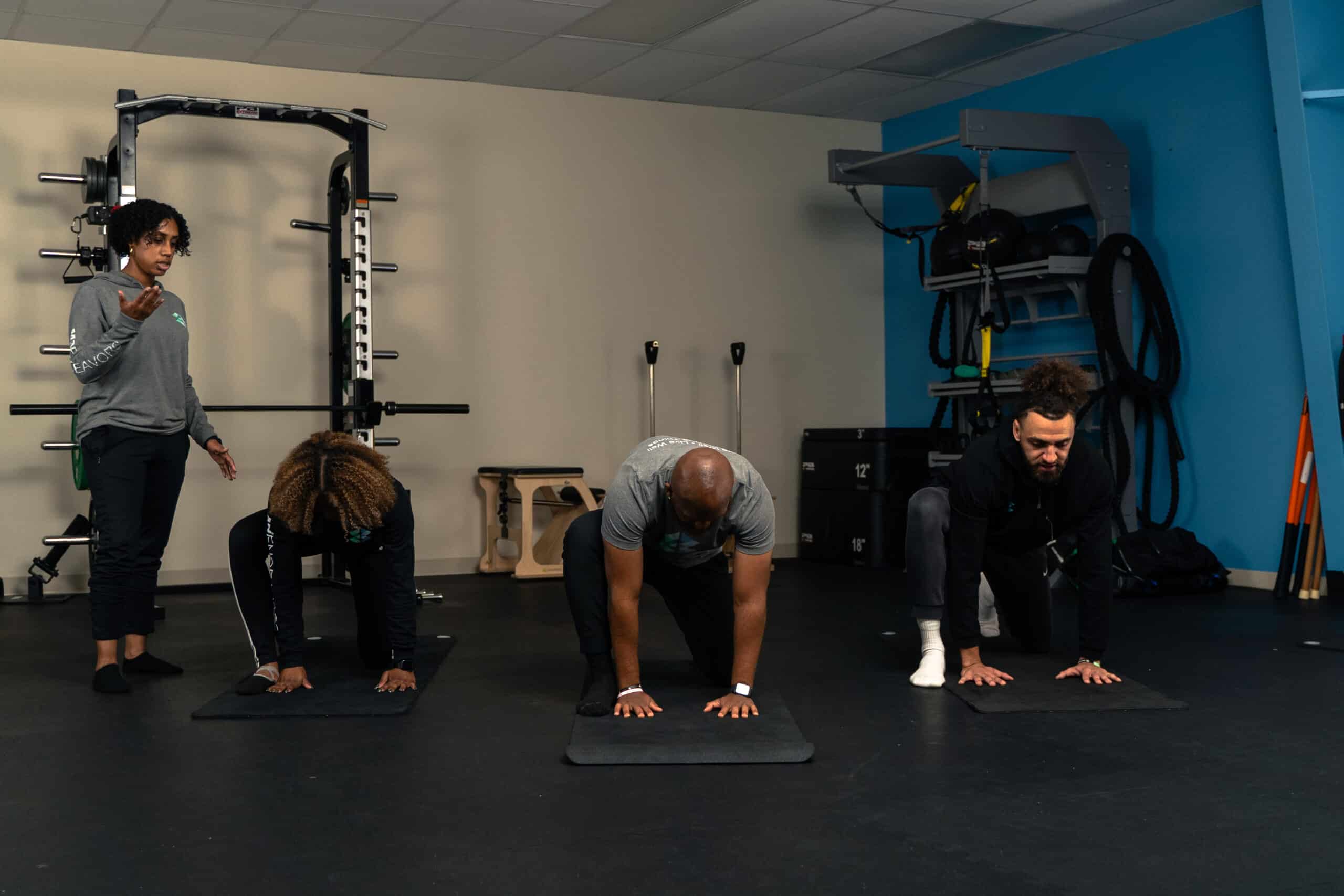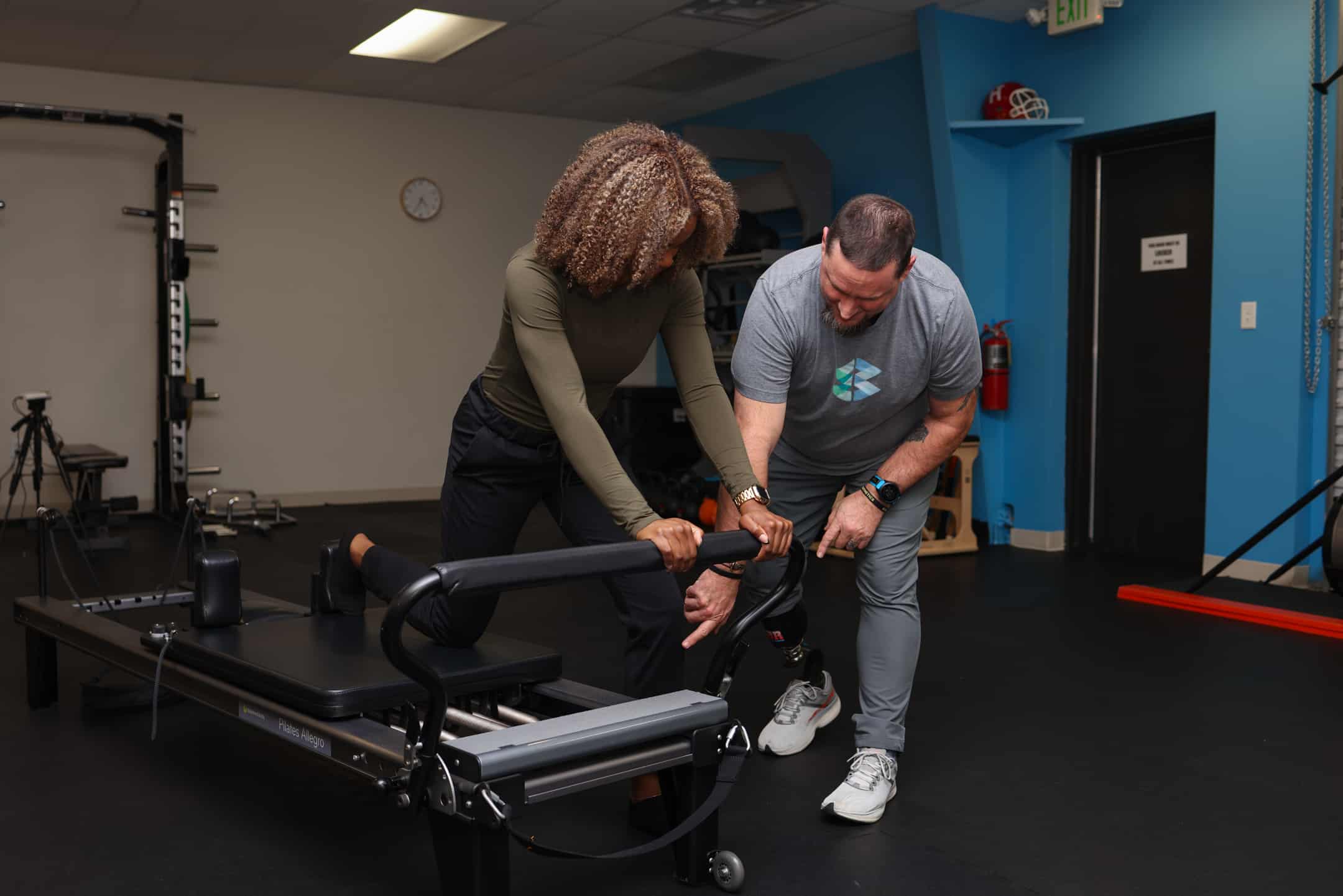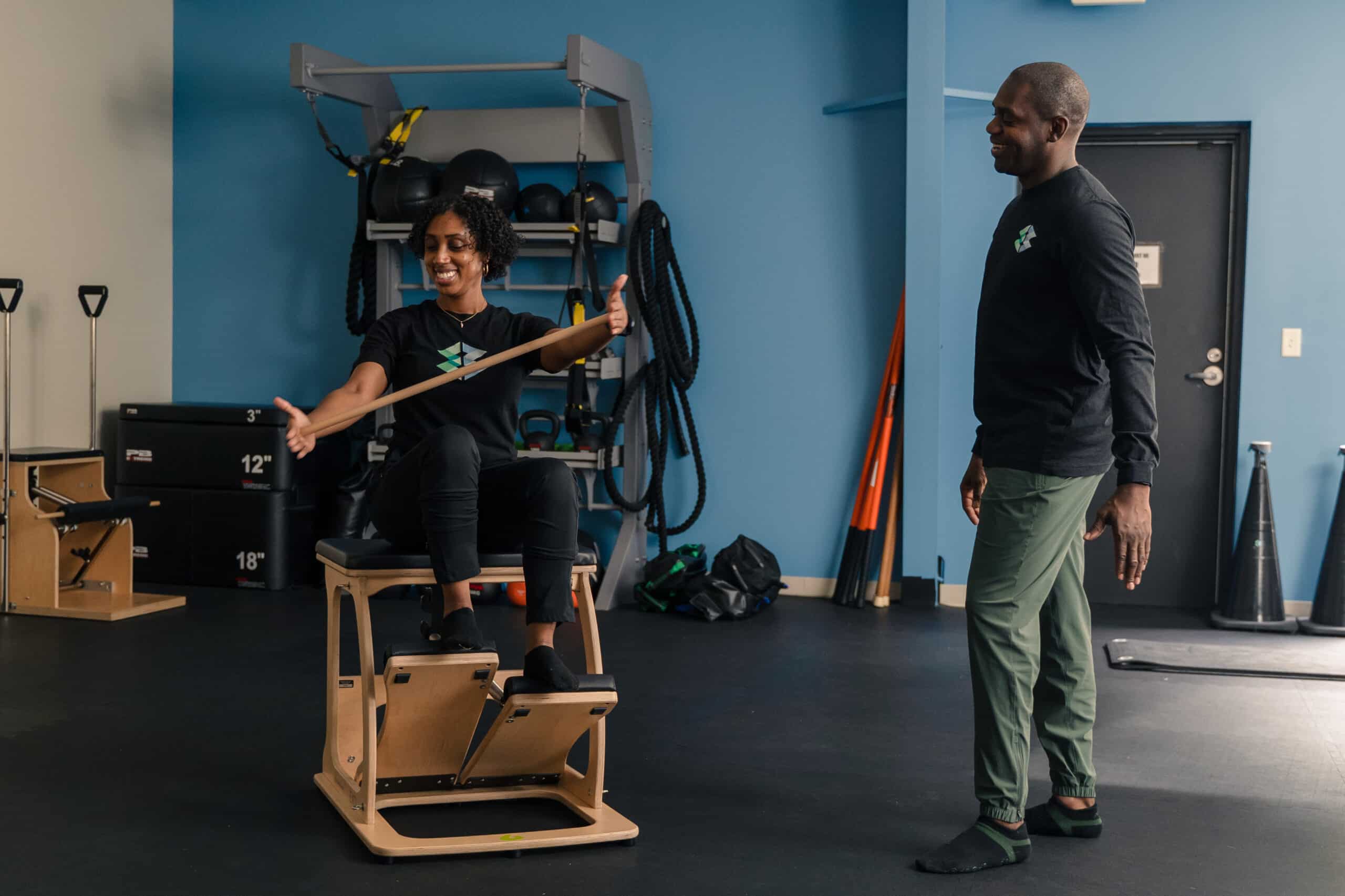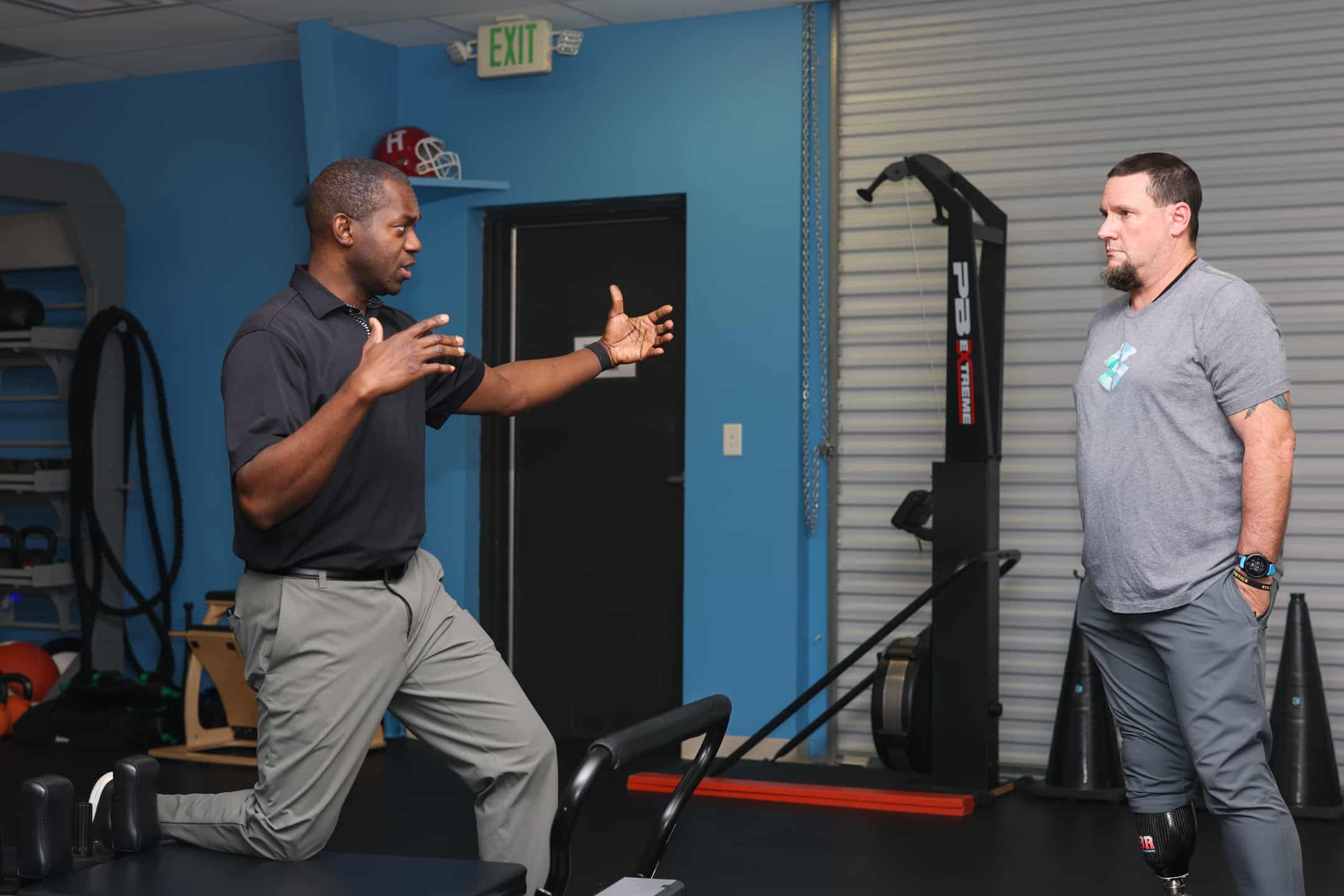In the wake of surgery or a significant injury, the journey back to your favorite sport or physical activity can be both challenging and complex. At clinics across Trussville and Birmingham, patients are managing this exact path. Whether it’s a knee replacement, back surgery, shoulder reconstruction, or another form of rehabilitation, the goal isn’t just to return to daily activities; it’s to return to play – and at a performance level better than ever before. This is where performance-based physical therapy (PT) becomes invaluable. It’s not just about healing; it’s about optimizing your return to the game, field, or any other physical pursuit you love.
Understanding Performance-Based Physical Therapy
Traditional physical therapy focuses on rehabilitation and the basic recovery of function. In contrast, performance-based physical therapy integrates advanced techniques and a tailored approach to ensure that once you’re healed, you’re also conditioned, strengthened, and primed to return to your sport or activity at full capacity. This form of therapy doesn’t just aim to bring you back to pre-injury levels but pushes the boundaries to enhance your performance, reducing the chances of future injuries.
The Benefits of a Performance-Oriented Approach
1. Tailored Rehabilitation Programs:
Performance PT practitioners craft personalized rehab strategies that align with your specific sport or activity demands. This means that a tennis player and a long-distance runner will receive distinct rehabilitation plans catered to the unique movements and demands of their respective sports. Sessions are typically one-on-one and focus not on repetitive exercises but on details and execution.
2. Focus on Functional Fitness:
Therapists in this field focus on functional fitness, ensuring that every step of your rehabilitation is geared toward the specific functions and movements you’ll perform in your sport or activity. This approach helps in making a more effective and efficient return to play.
3. Injury-Specific Training and Prevention:
Understanding the mechanics of your injury and the demands of your activity allows therapists to not only guide you through recovery but also implement strategies to prevent future injuries. This might include biomechanical assessments, strength and conditioning programs, and movement pattern training.
4. Advanced Techniques and Technology:
Performance-based therapists often utilize cutting-edge techniques and technology to enhance recovery and performance. This can range from high-tech imaging to analyze movement to specialized equipment for strength and conditioning.
5. Psychological Edge:
Returning to play after an injury isn’t just a physical challenge; it’s a mental one. Performance therapists often incorporate psychological strategies to help athletes overcome fears and regain confidence in their physical abilities.
The Return-to-Play Journey
1. Initial Assessment and Personalized Plan:
The journey begins with a comprehensive assessment, considering not just the injury but your specific performance goals. This results in a personalized plan that focuses on both recovery and performance enhancement.
2. From Healing to Conditioning:
After addressing the immediate healing needs, the therapy gradually shifts towards conditioning your body to withstand the specific stresses of your activity, incorporating strength, flexibility, and endurance training.
3. Skill Integration:
As you regain strength and mobility, the therapy will start to integrate sport-specific skills and drills. For a basketball player, this might mean working on jumps or sprints; for a swimmer, stroke rehabilitation and endurance.
4. Performance Enhancement:
With the foundation of strength and skills established, the focus shifts to enhancing performance. This phase will fine-tune your abilities, ensuring that you’re not just returning to your sport but also excelling in it.
5. Ongoing Support and Education:
The journey doesn’t end when you return to the field or court. Performance-based physical therapists provide ongoing support and education to help you maintain peak condition and prevent future injuries.
Conclusion: Beyond Recovery to Peak Performance
Performance-based physical therapy offers a comprehensive, tailored, and advanced approach to not just recover from injury but to enhance your overall athletic performance. It’s about elevating your game, pushing your limits, and ensuring that when you return to the field, court, or track, you’re not just as good as before – you’re better. Whether you’re a weekend warrior, a competitive athlete, or someone passionate about staying active, partnering with a performance-based physical therapist can be the game-changer in your return-to-play journey. It’s not just about getting back into the game; it’s about redefining your athletic potential and achieving new heights in your physical pursuits.





